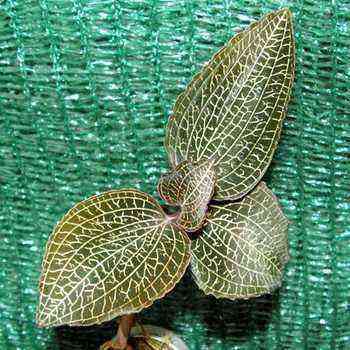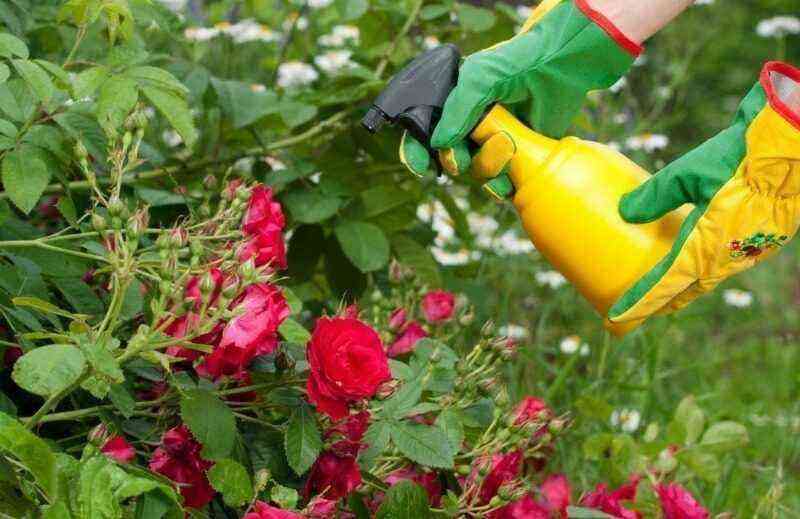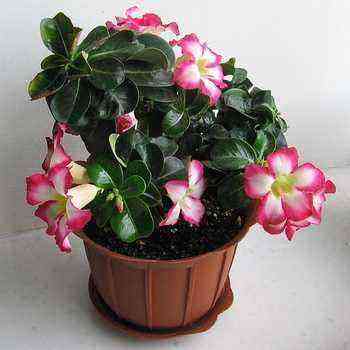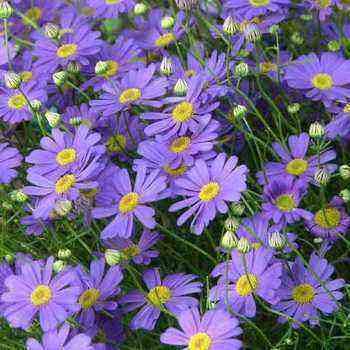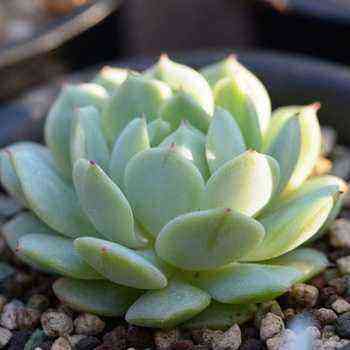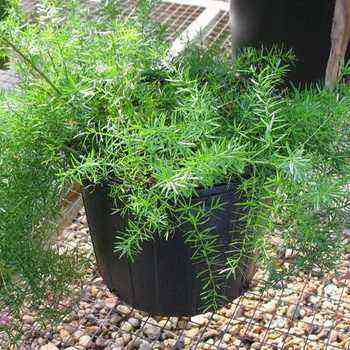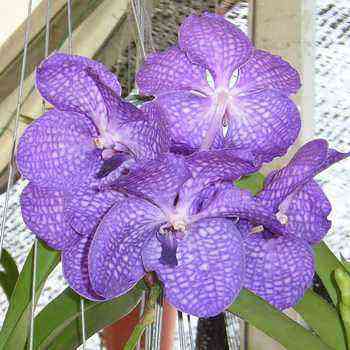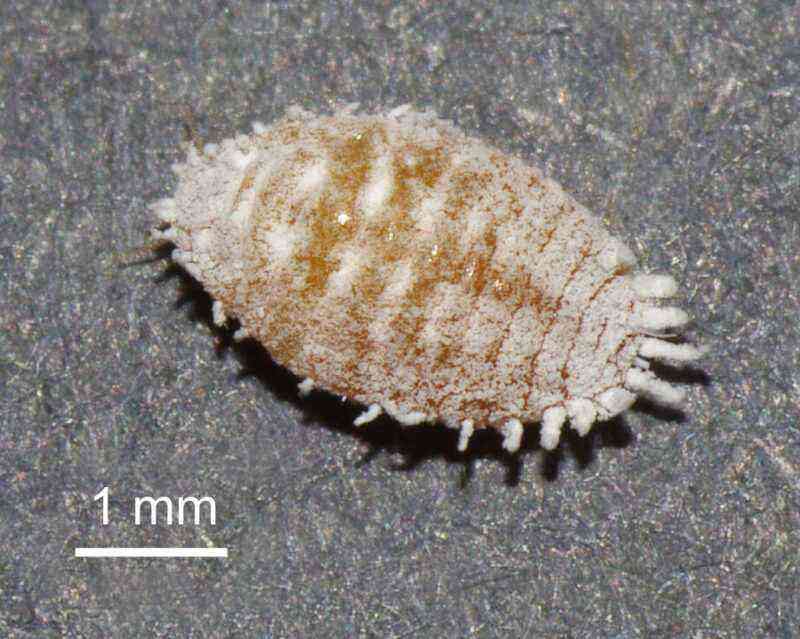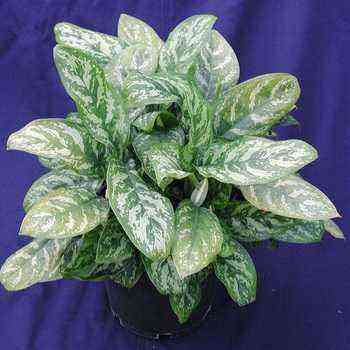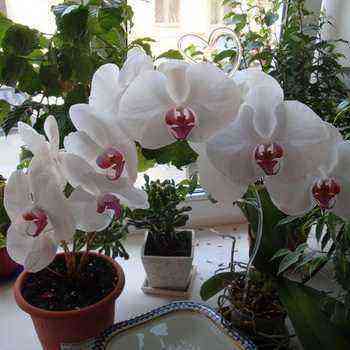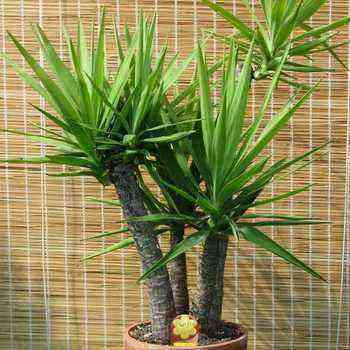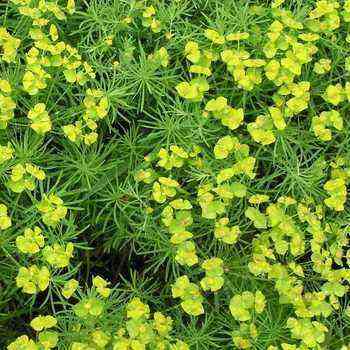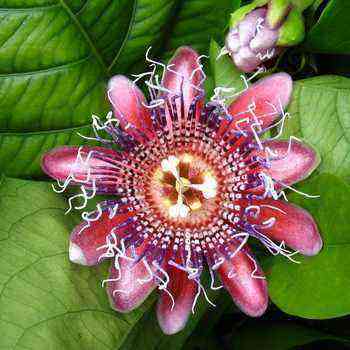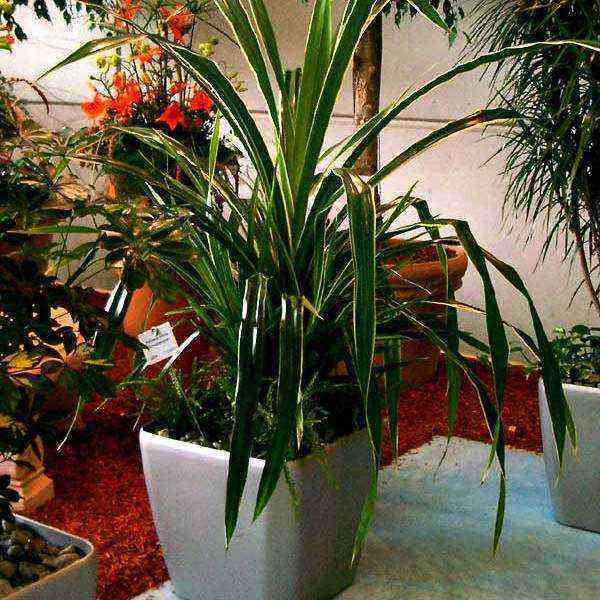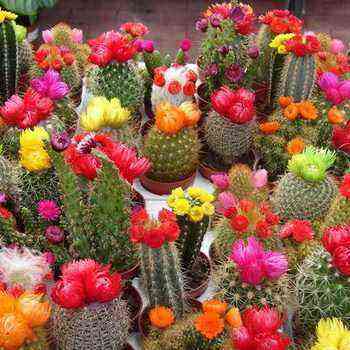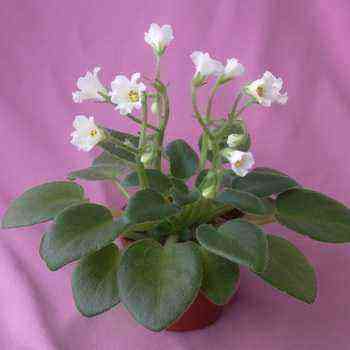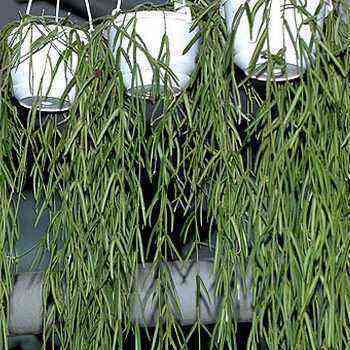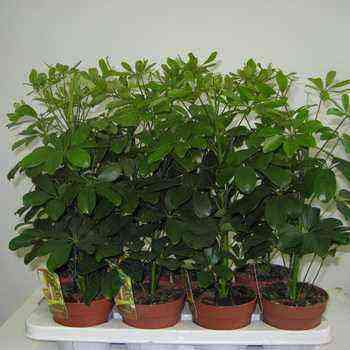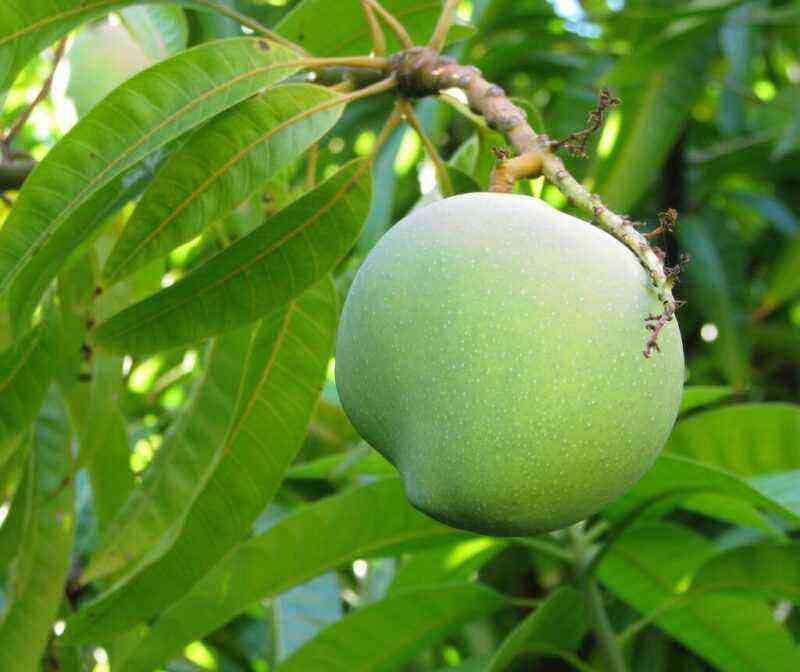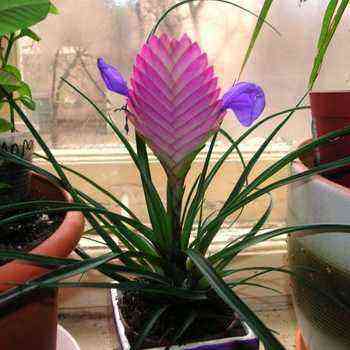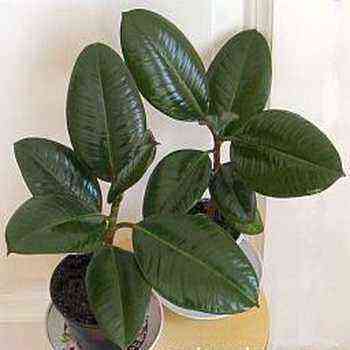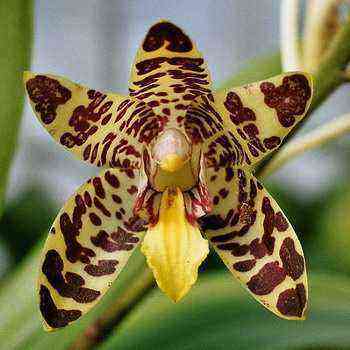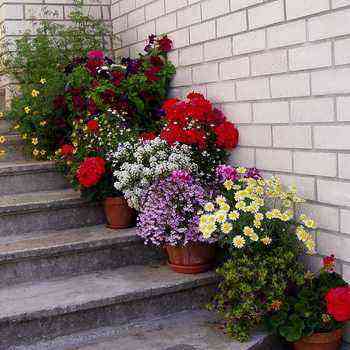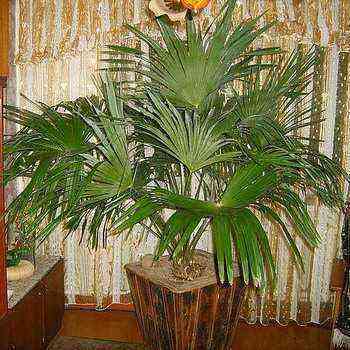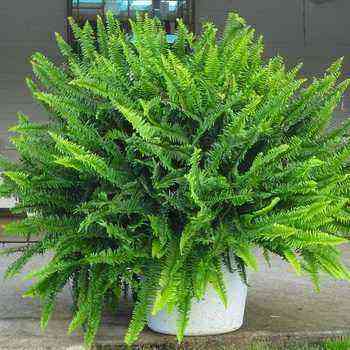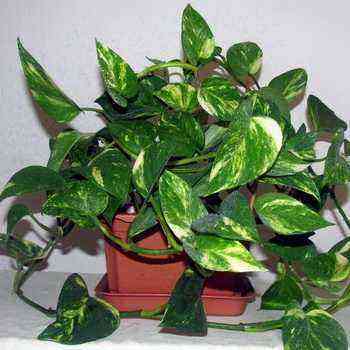Adenium flowers represent a genus of shrubs from the Kutrovy family. To a large extent, it is located in the regions of the Arabian Peninsula (from Senegal to Kenya) and Africa. In many European countries, the name of the flower is translated simply as Desert Rose. Outwardly, it is very similar to an oleander, which is not surprising – after all, they are of the same family. But they have a difference – the oleander lacks stipules at the base of the leaf, which develop into long and hard spines.
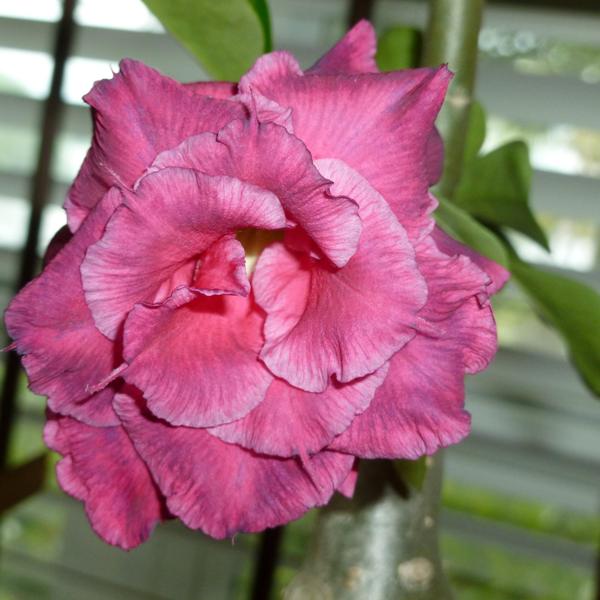
Photo of adenium and description
We offer you a photo of adenium and a description of the flower, by which you can decide whether you need it in your house. The stem of the adenium flower curls profusely, and is decorated with numerous flowers with a blunt or pointed end. In his homeland, the color spectrum is limited to shades from pink to red, but the yawn is usually two or three shades lighter. In other regions, you can see similar flowers with red-black and yellow-white leaves. And they can also be simple or terry, so if you wish, you can decorate your house with them exactly the way you want it. Its height can reach 3,5 meters in open space, and about half a meter at home.
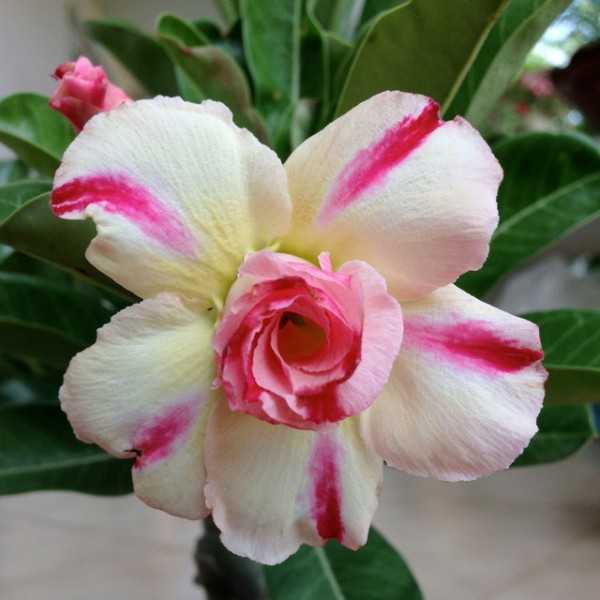
The most popular is the adenium flower with bright scarlet petals and it is this flower that is most often used when decorating rooms or garden spaces. And they are very reminiscent of bonsai, this is another reason for their popularity in European countries.
Adenium flower varieties: photo and description
There are several classifications of the plant, according to some estimates, adenium flowers have about twelve varieties. We, however, will adhere to the point of view of modern scientists, which are five main types. We offer you a description and photo of adenium of various varieties.
Adenium arabicum is one of the plant species used as a decorative element, including for bonsai. The leaves are characterized by a wide surface with a surface that slightly resembles skin. In shape, it is squat, with a thick base; from afar, the differences between the branches and the trunk are not at all noticeable. The color spectrum is pink to red, and the skin ranges from purple to brown. Most widespread in Arabia.
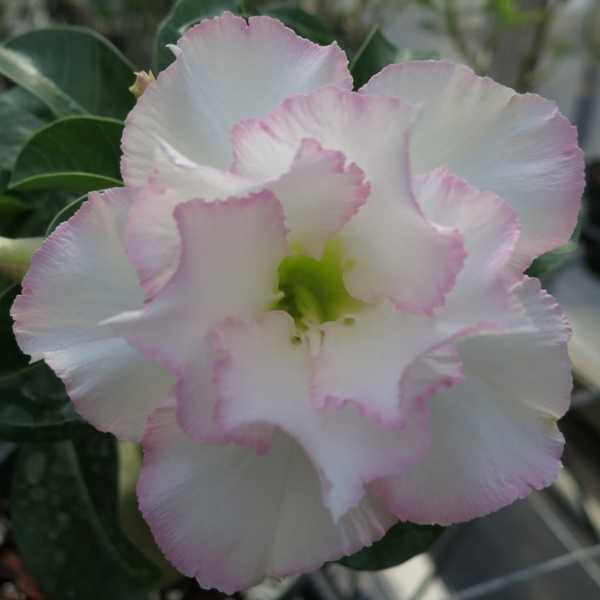
Flowers Adenium boehmianum is a poisonous plant species grown in areas of Namibia and southern Angola. The rhizome juice is boiled to make poison arrows, which are used in hunting large mammals. The leaves bloom for only three months, and are arranged in a spiral on the branches. Flower seeds, due to the structure of the inflorescence, are easily carried by small gusts of wind.
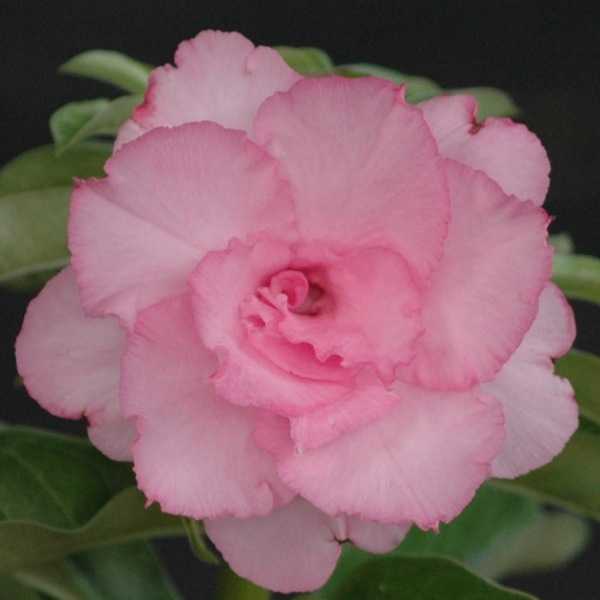
Adenium multiflorum is native to Central and Eastern South Africa. Like its cousins, it has a white color with bright pink fringes and is grown as a poison for hunting fish and mammals.
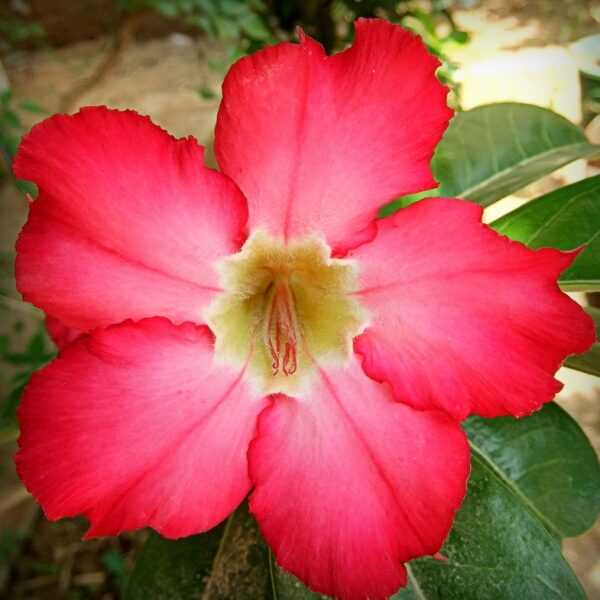
Flowers of Adenium obesum (Adenium obesum) are common in sub-Saharan Africa, as well as in the tropics and subtropics of South and East Africa and Arabia. This evergreen subspecies firmly tolerates drought, but can lose its leaves during cold snaps, therefore, the minimum temperature of a plant that will not die during the winter is 10 ̊С. Its flowers, as a rule, are pink or red with an outer white “neck”. It is also used as an arrowhead poison for hunting in South African countries.
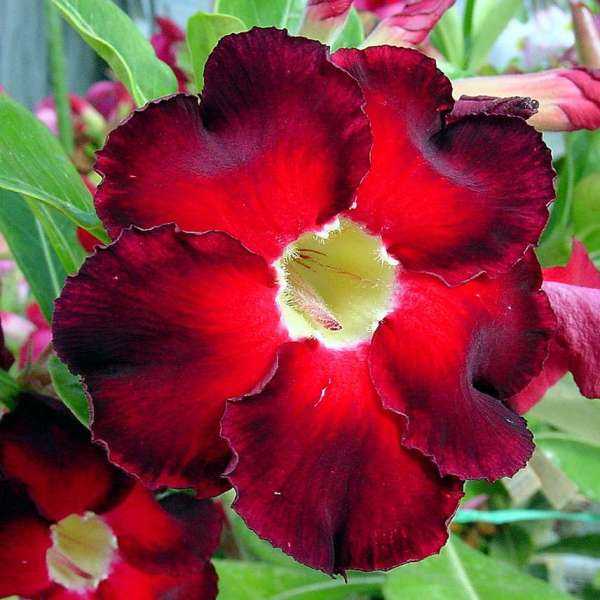
Home care for adenium
Caring for adenium at home should be compared with the natural habitat of this plant. The main agrotechnical measures are described below. Adenium flowers survive perfectly in a dry place, where there is little or no precipitation at all (it’s not for nothing that it is so common in African countries) due to the ability to retain moisture in the branches and trunk. In addition, it consumes a lot of light, which can lead to an extension of its flowering period in the US Southwest from April to October. Therefore, the best growth factors for him are natural soil and sunny color. But at the same time, Adenium is very sensitive to frost and swampy surfaces.
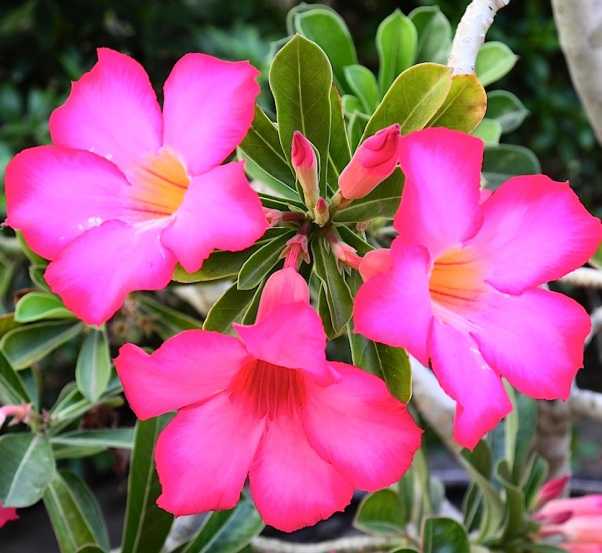
A fairly large specimen can easily be grown in direct sunlight, just remember to stock up on a large pot. And at the end of the growing season (when the temperature drops), Adenium sheds its leaves and goes into hibernation. At this time, it is best to place them indoors to avoid frost (which adversely affects the growth of the plant). They, of course, do not need a lot of light, but this does not mean that they need to be placed in darkness.

If you put them in a room too early, then it will simply fall off, although after a while it can recover again. This should be taken into account when organizing home care for adenium. The most important event is watering. It should be carried out as the earthen coma dries up. However, excessive waterlogging should not be allowed. This can cause horses to rot.
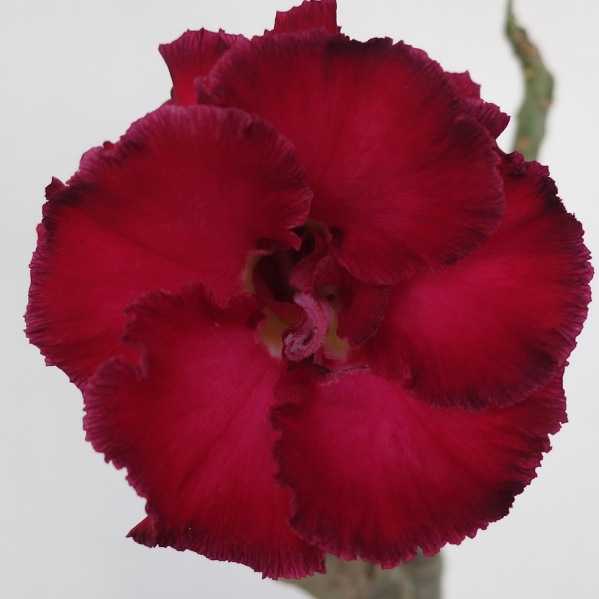
Growing adenium from seeds at home
Growing adenium from seeds is a long, but exciting occupation. Growing adenium at home requires close attention and constant care of the plant. The fruits of the plant are produced in the form of a pair of pods. When the seeds have reached a light brown hue, tape or cotton yarn should be wrapped around the branches to prevent ripe fruits from splitting.
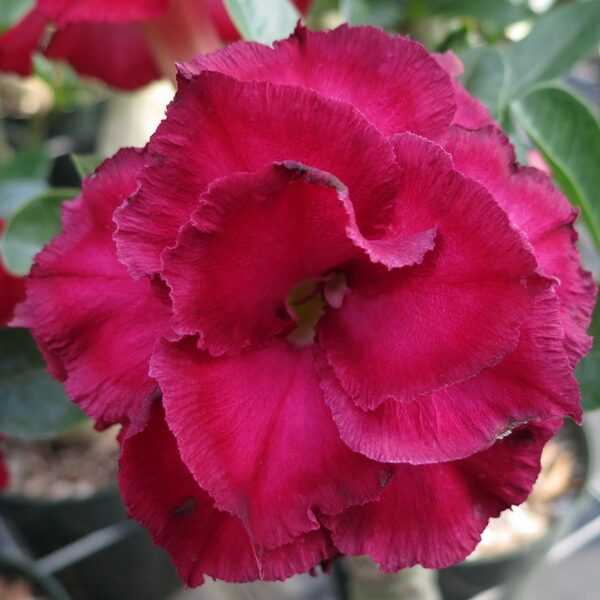
The seeds should be sown in a deep sandy environment (5-7 mm): four parts of fine and four parts of coarse river sand, one part of well-rotted compost, one part of perlite and one part of vermiculite. You should also pay attention to the temperature – it should be about 27-35 ̊С.
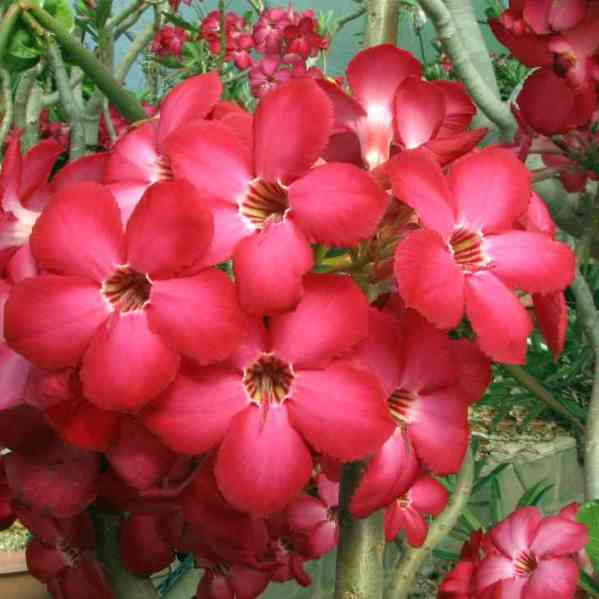
There is another way to grow adenium at home: at the end of spring, a stalk with a length of 100-200 mm is taken and immersed in a special mixture, and then they can be sprinkled with hormonal powder. Watering is necessary only after the growth of the rhizome is noticeable.
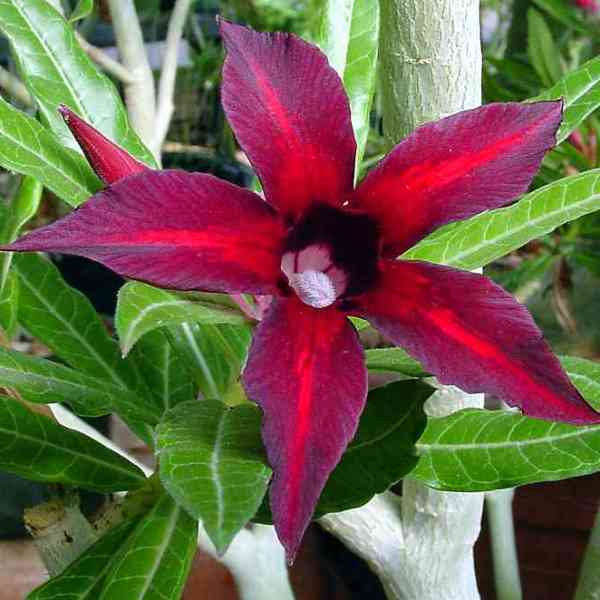
A young plant should be replanted annually, and an adult once every 5-6 years.
Diseases and pests
Adenium is very rarely attacked by pests, but it still does not tolerate some of them. New leaves are attacked by thrips or psyllid aphids. But the roots, despite their toxicity, may well become victims of rodents.
At the end of the monsoon season, bed bugs can appear on the seeds.
In Asia and America, cases of infection with adenium virus, which is transmitted from a tick, are very common and there are no methods to combat it. But I want to reassure you – in our region it is very, very rare. The flower does not die, but its progressive weakening occurs – that is, it gradually becomes weaker and weaker. Manifestation: distortion of flower shape or leaf shape of varying degrees and spots over the entire surface of the plant

In our country, the root worm is more common and dangerous. The first sign of their appearance is a white bloom on the roots. For treatment, it is enough to cultivate the land with Aktar, Dantop or Regent.
The spider mite also poses a huge danger – with a large accumulation, they form a noticeable cobweb. The plant, damaged by it, is distinguished by a pale color of the leaves, and small yellow dots appear on their surface. Here you will be helped by such a substance as Acaricide – a drug for combating ticks on agricultural crops.
